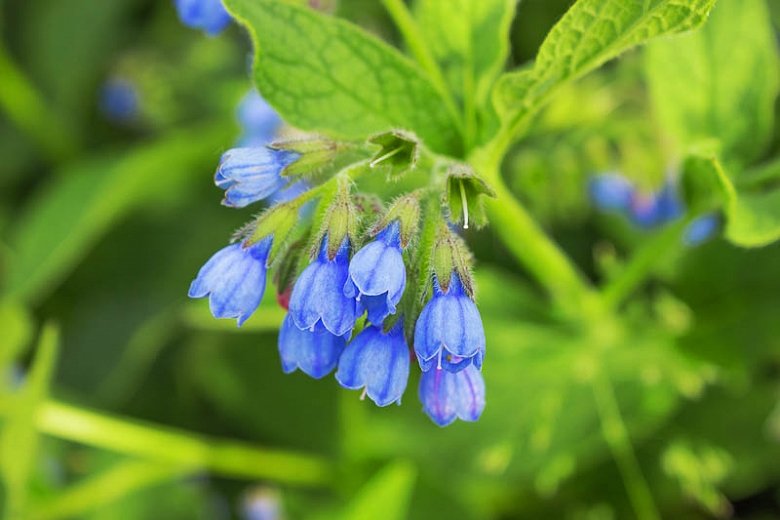Wounds, Burns, and Broken Bones
Burns, Wounds, and Broken Bones
These are all distinct acute traumas to the body, but they all share something in common. All of these things can be successfully treated by an unassuming shrub that grows wild throughout North America, Europe, and Asia. You would never know it just by looking at it, but this ordinary looking shrub has incredible benefits that have been utilized for thousands of years. Today, we're going to take a look at comfrey.
What Is Comfrey?
Comfrey is the common name for the symphytum plant and which is distinguishable by its purple and blue flowers as well as its dark roots. It's a shrub that can grow up to 5 feet tall and grows in the wilds of North America, Asia, and Europe. It was found, even thousands of years ago, to work in alignment with the natural healing processes of nature to achieve extraordinary results.
How Does It Work?
Comfrey is a highly nutritious herb that contains some of the highest levels of protein found in the plant kingdom, high amounts of fiber, vitamin B12, high amounts of calcium, and those are all fantastic on their own. However, it also contains something very special, something unique to comfrey. It contains allantoin, one of the most powerful compounds we know of to regrow and rejuvenate skin cells. It also contains rosemarinic acid which is another powerful compound that is highly effective at reducing inflammation and relieving pain. With those two combined, you have a powerful natural remedy to treat all but the most grievous of wounds.
How Do I Use It?
Comfrey has been called "knitbone" and "boneset" for generations for a good reason, it has the ability to not just stop bleeding and treat burns, but also to repair broken bones. The best way to use comfrey is in a poultice applied to the affected area.
First get about a half dozen large comfrey leaves, cut them into two inch pieces, and blend them in a blender with half a cup of water and enough healthy flour (I recommend arrowroot flour) to turn it into a paste. From here, put the comfrey paste into a cloth and apply it to the wound with the comfrey making direct contact with the affected area and wrap it well. This will allow the allantoin to go directly into the skin and help it to create new cells and rejuvenate. The poultice can be kept on for several hours until you feel the comfrey is ready to be replaced with a fresh paste.
Grow It Yourself
Luckily, comfrey is a very hardy plant that is easy to grow in your garden. It enjoys moist soil and full sun or partial shade and since it has very deep roots it is resistant to conditions that could kill other plants.
With this powerful herb at your disposal, you can rest a little easier knowing that if an emergency should take place, you have one of the strongest natural remedies on hand to give you the best chance possible to recover.
God Bless,
Mercy Ballard

